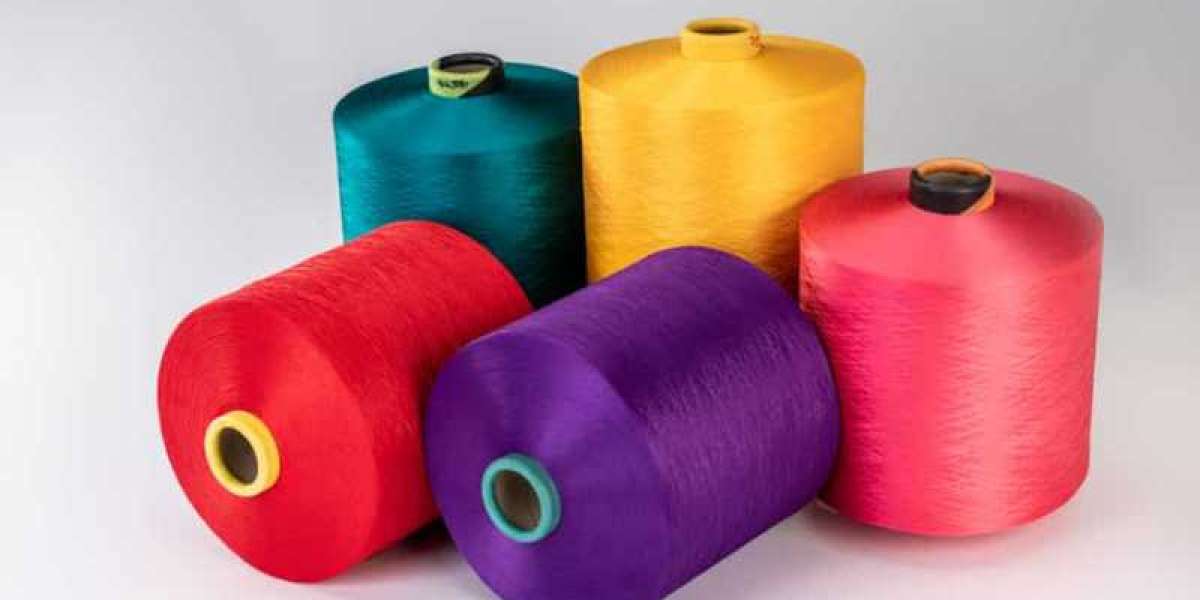As environmental concerns reshape industries, sustainable yarn is becoming a priority for brands and manufacturers. Let’s break down the innovations driving this shift.
1. Eco-Friendly Fiber Sources
Recycled Yarn: Made from post-consumer plastic bottles or textile waste, reducing landfill burden. For example, 1 kg of recycled polyester yarn saves 6.5 kg of CO2 emissions.
Organic Cotton: Grown without synthetic pesticides, it’s gentler on ecosystems and safer for workers.
2. Low-Impact Dyeing Techniques
Traditional dyeing consumes vast amounts of water and releases toxic chemicals. Solutions include:
Digital Printing: Reduces water usage by 95% compared to conventional methods.
Plant-Based Dyes: Derived from turmeric, indigo, or beetroot, these dyes minimize chemical pollution.
3. Certifications to Look For
GOTS (Global Organic Textile Standard): Ensures organic fiber integrity and ethical labor practices.
OEKO-TEX® Standard 100: Guarantees yarn is free from harmful substances like AZO dyes.
Challenges and Opportunities
While sustainable yarn costs 15-20% more than conventional options, brands like Patagonia and HM are investing in it to meet consumer demand. Manufacturers can offset costs by optimizing production efficiency.
Commitment to Sustainability
At Xingfatex, we prioritize eco-friendly yarn production, offering GRS-certified recycled polyester and OEKO-TEX® approved colors. Our energy-efficient machinery minimizes waste, ensuring quality without compromising the planet.








